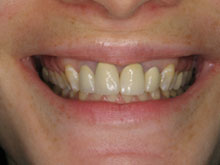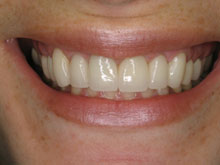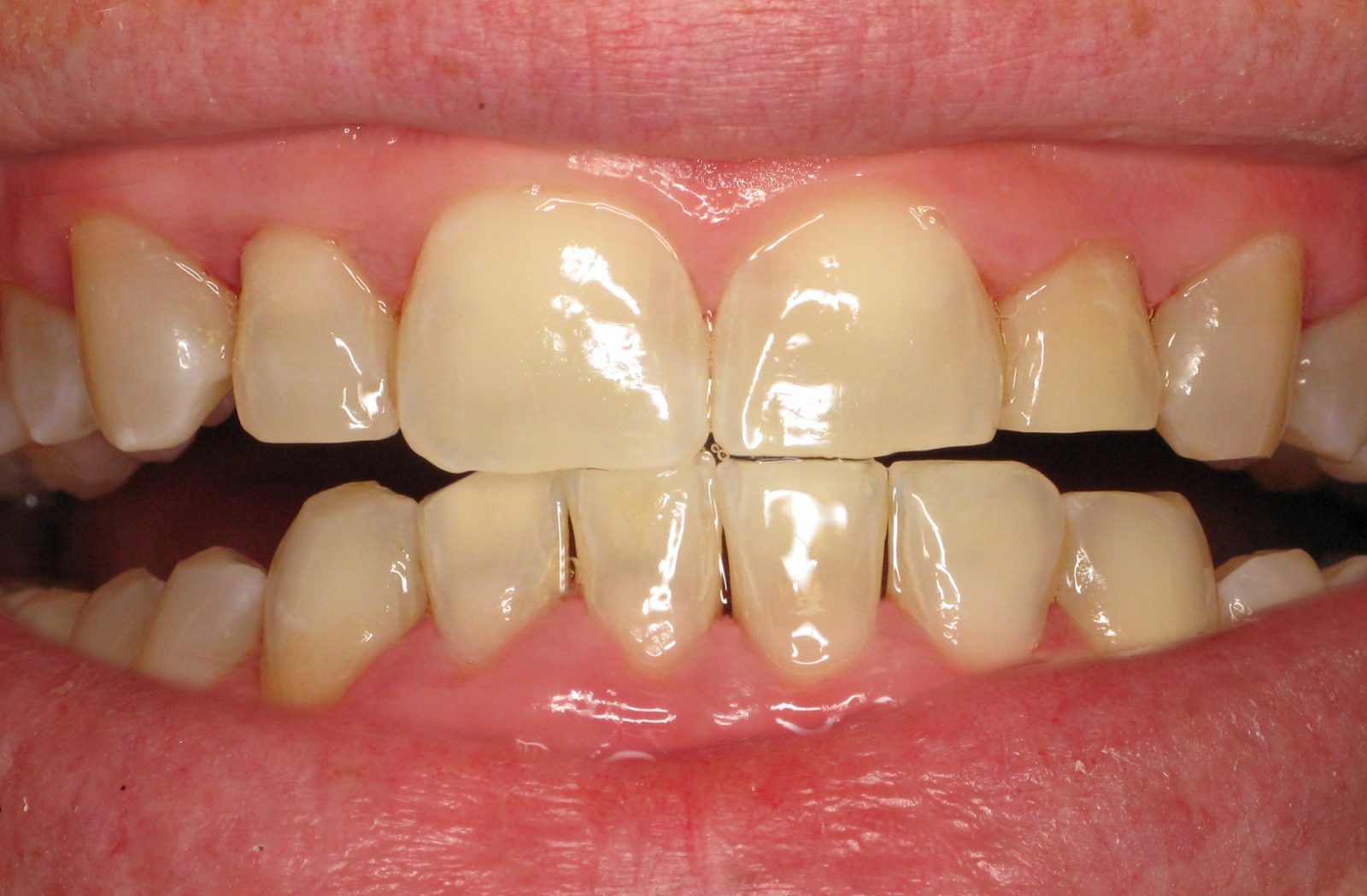Gum Disease Symptom: Tooth Sensitivity

Tooth sensitivity is a prevalent and often discomforting symptom of gum disease that can significantly impact oral health and daily activities. As gum disease progresses, the gums may recede, exposing the sensitive tooth roots and leading to heightened sensitivity to various stimuli, such as hot, cold, sweet, or acidic substances. This sensitivity signals that the teeth’ protective layers are compromised, leaving the nerves more vulnerable to external factors. Understanding the connection between gum disease and tooth sensitivity is crucial for effective management and timely intervention. Laser Periodontics & Gum Surgery offers specialized care and advanced treatments to address gum disease symptoms, relieve tooth sensitivity, and promote oral well-being.
How is Tooth Sensitivity Diagnosed in Relation to Gum Disease?
Diagnosing tooth sensitivity in relation to gum disease involves a comprehensive examination by dental professionals to identify the underlying causes and determine the most appropriate course of action. During a dental evaluation, the dentist assesses the extent of gum recession, examines the condition of the tooth roots, and evaluates any signs of inflammation or infection. Patients are often asked about their experiences with tooth sensitivity, including the stimuli that trigger discomfort. X-rays may be taken to assess the degree of bone loss or other structural issues related to gum disease.
Understanding the interplay between gum health and tooth sensitivity allows for a precise diagnosis, enabling targeted and effective treatment strategies. Laser Periodontics & Gum Surgery addresses the intricate connections between gum disease and tooth sensitivity, providing personalized care to alleviate discomfort and promote lasting oral health.
What methods do dentists use to diagnose tooth sensitivity related to gum disease?
Dentists employ various methods to diagnose tooth sensitivity related to gum disease, ensuring a thorough assessment of the underlying causes. A detailed clinical examination involves inspecting the gums for signs of recession, inflammation, or infection, as gum disease often exposes tooth roots, leading to heightened sensitivity. Dentists may inquire about the patient’s experiences with tooth sensitivity, including the specific triggers and the duration of discomfort.
X-rays and imaging techniques are valuable tools to assess the extent of gum recession, bone loss, or any structural issues affecting the teeth. Additionally, dentists may use diagnostic tests, such as applying air or cold stimuli, to pinpoint the sensitive areas and determine the severity of the condition. This comprehensive approach enables dentists to effectively tailor treatment plans, addressing the underlying gum disease and the associated tooth sensitivity.
How do dental professionals assess the sensitivity of teeth during examination?
Our Laser Periodontics & Gum Surgery dental professionals assess tooth sensitivity during examinations through a meticulous process to identify the underlying causes. The examination typically involves gentle probing and visual inspection to assess the condition of the gums, checking for signs of recession, inflammation, or infection. Patients are often asked about their experiences with tooth sensitivity, including the specific triggers and the intensity of discomfort.
Dental professionals may employ diagnostic tools to pinpoint sensitive areas, such as applying air, cold, or hot stimuli to individual teeth.
X-rays and imaging techniques are crucial in revealing structural issues, bone loss, or other factors contributing to sensitivity. By combining clinical observation, patient feedback, and diagnostic tests, dental professionals can accurately assess the extent and severity of tooth sensitivity related to various factors, including gum disease. This comprehensive evaluation guides the formulation of targeted treatment plans to address the underlying issues and provide effective relief from tooth sensitivity.
Are there specific tests conducted to identify gum disease-related tooth sensitivity?

Specific tests to identify gum disease-related tooth sensitivity involve diagnostic procedures to pinpoint the source of discomfort. Dentists may perform air or cold sensitivity tests by applying controlled air or temperature changes to individual teeth. These tests help identify which teeth exhibit heightened sensitivity and assist in determining the extent of the issue. Additionally, dentists may use a dental explorer or probe to assess gum recession and potential exposure of tooth roots.
X-rays and imaging techniques provide a more comprehensive view, revealing any underlying structural issues, bone loss, or signs of gum disease. These specific tests, combined with a thorough clinical examination and patient history, aid dental professionals in diagnosing and understanding the factors contributing to tooth sensitivity associated with gum disease. The information gathered from these tests guides the development of targeted treatment plans to address the root causes and provide effective relief. Regular dental check-ups facilitate the timely identification and management of gum disease-related tooth sensitivity, promoting overall oral health.






